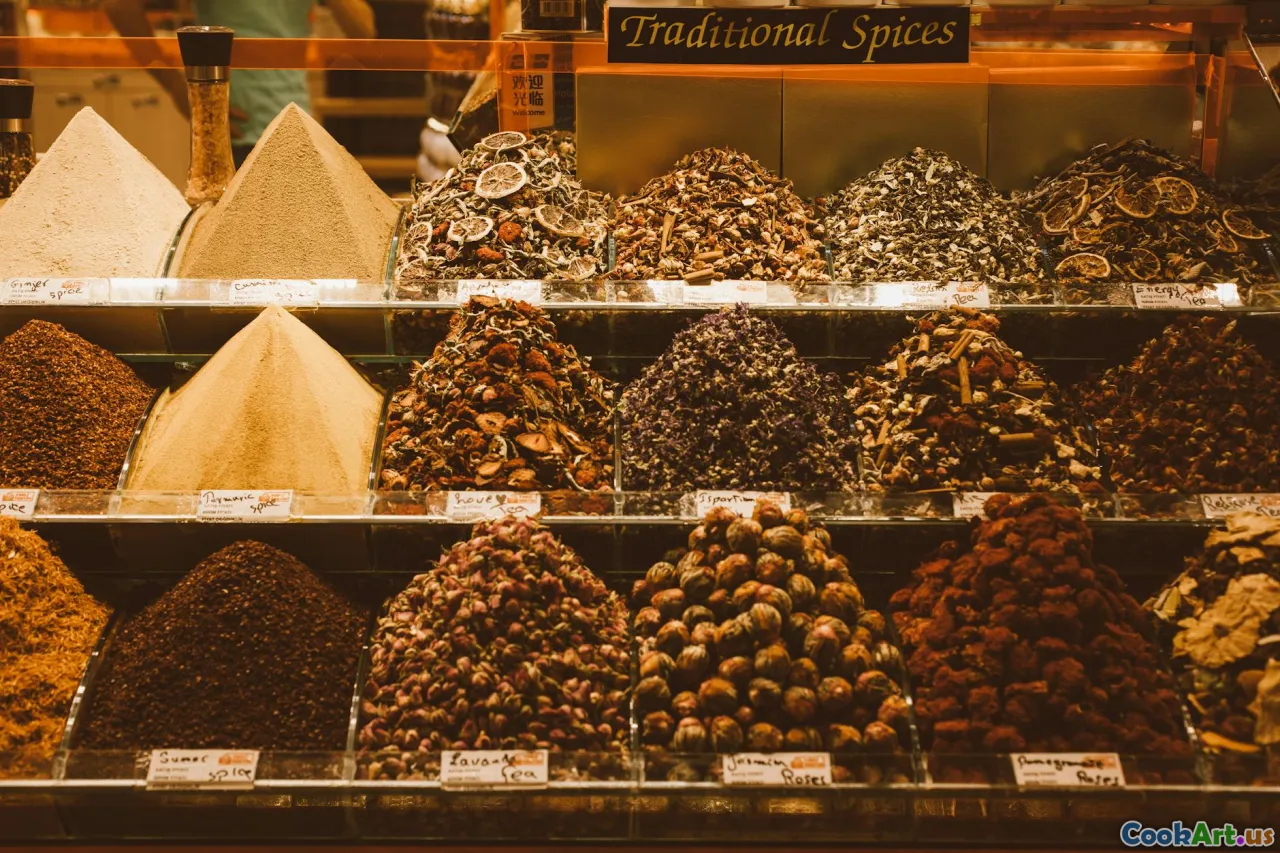Exploring Global Seasonal Dishes
5 min read Discover unique seasonal dishes from around the world and the cultural significance behind them in this culinary exploration. April 07, 2025 18:45
Exploring Global Seasonal Dishes
Food is more than just sustenance; it is a reflection of culture, tradition, and the natural world. Seasonal dishes, in particular, highlight how local ingredients can shape culinary practices across the globe. In this article, we’ll journey through various regions to uncover the unique seasonal specialties that celebrate the bounty of nature.
The Importance of Seasonality in Food
Seasonality in food refers to using ingredients that are at their peak during a specific time of the year. This practice not only enhances flavor and nutrition but also supports local farmers and reduces environmental impact. Eating seasonally allows us to connect more deeply with nature’s cycles and encourages culinary creativity.
A Tour of Seasonal Delights
1. Spring: Asparagus in ItalyIn Italy, spring brings the tender asparagus to the forefront. Known asasparagi, this vegetable is often featured in risottos, pastas, and even grilled as a side dish. Asparagus is usually harvested from March through June, filling Italian markets with its vibrant green color and inviting aroma. Many families have their own recipes, passed down through generations, that celebrate this seasonal gift.
2. Summer: Gazpacho in SpainWith the sun shining bright, summer is the perfect time for Spain’s refreshing cold soup,gazpacho. Made primarily from ripe tomatoes, cucumbers, bell peppers, garlic, and a drizzle of olive oil, this dish is a celebration of summer’s harvest. Gazpacho is not only hydrating but also a canvas for various regional variations, allowing cooks to experiment with ingredients like watermelon or herbs.
3. Autumn: Pumpkin in North AmericaAs the leaves change color, pumpkins become the star ingredient in North American cuisine. Frompumpkin pies to savory soups, this versatile gourd plays a significant role in Thanksgiving celebrations. Beyond the holiday, pumpkins can be roasted, pureed, or used in breads, showcasing their adaptability and rich flavor. The seasonal availability of pumpkins encourages a wave of creativity among home cooks and chefs alike.
4. Winter: Goulash in HungaryAs the temperature drops,goulash, a hearty stew, warms the hearts of Hungarians. Traditionally made with beef, onions, and a generous amount of paprika, this dish is perfect for winter gatherings. Goulash highlights the importance of warming spices and the use of root vegetables that thrive in colder months, making it a staple during the winter season.
Cooking Techniques for Seasonal Dishes
Different regions have developed unique cooking techniques that complement their seasonal ingredients. For instance, the Italian method of blanchingasparagus preserves its bright color and tender texture, while theSpanish technique of infusing olive oil with garlic enhances the flavor profile of gazpacho. Understanding these methods can elevate your cooking and deepen your appreciation for seasonal dishes.
Cultural Significance of Seasonal Eating
Seasonal eating is often tied to cultural practices and celebrations. Many cultures have festivals that honor the harvest, such as the Japanese Matsurior theAmerican Thanksgiving. These events not only showcase seasonal dishes but also foster community and tradition, making food an integral part of cultural identity.
Conclusion
Exploring global seasonal dishes opens our eyes to the diversity of culinary practices shaped by nature’s rhythms. By embracing seasonal ingredients, we not only enhance our meals but also contribute to sustainable food practices. As you plan your next meal, consider the seasons and the rich traditions that accompany them. Whether it’s a spring asparagus risotto or a winter goulash, let the earth’s bounty inspire your culinary creations.









